Stories about weapons. 8,8-cm Flugabwehrkanone
We apologize in advance to all those who are accustomed to the millimeter gauge, but we decided that it is necessary to use a centimeter gauge, as it was with the Germans. The bottom line is still the same as 8,8-cm, which is 88-mm.
So, we will talk about "aht-comma-aht", 8,8-cm anti-aircraft guns, more precisely, a whole series of Flak 18 / 36 / 37 and Flak 41 / 43 guns. World fame implies a huge amount of materials on this instrument, and hence a huge number of opinions and judgments.
But, on the other hand, can the T-34 tank get bored? Or the U-87 plane? Is everything written about “Willis” or BTR “Universal”? Are there any limits to the understanding of the genius of the designers of weapons and military equipment? The fact that, in our opinion, the German anti-aircraft 8,8-cm gun is the most famous weapon of the Second World War, undoubtedly. The fact that this gun is really a brilliant weapon is also, but we, naturally, could not help but uncover a couple of nuances.
In general, German designers already in the First World War realized the importance of anti-aircraft artillery for a future war. Therefore, they began to develop semi-automatic anti-aircraft guns of "serious" (from 7,5 to 10,5 cm) calibers. Lost in the war prevented the work. Germany, according to the Treaty of Versailles, was practically deprived of the army and fleet, military production and forced to stop developing new types of weapons and equipment.
Today, in many publications one can read the complaints of the authors that it was the Soviet Union that revived the military power of Germany. It was at the Soviet factories and in the Soviet design offices that the future strength of the German army was forged. However, the example of a truly great instrument shows that the next accusations, though they have some ground, but in many ways (if not mostly) are invented by Western propagandists.
German designers and industrialists worked after the First World War in many European countries. Almost all. There was no need to even look for traces of German developments, everything was in plain sight. Sweden and Holland were especially different. They were almost openly developed by Krupp. The fig leaf covering these designs was the numbers in the designation. All the new guns were "model 1918 of the year", that is, had the number 18 in the designation.
In fact, such weapons not only existed, they still calmly fought two world wars. These were naval 88-mm universal (that is, having the ability to fire on both air and surface targets) 8.8 cm SK L / 45 and 8.8 cm SK L L / 35 cannons of the 1906 and 1916 models, respectively.
These guns stood on dreadnought, cruisers, destroyers and submarines of both the Kaiser fleet and the Kriegsmarine.
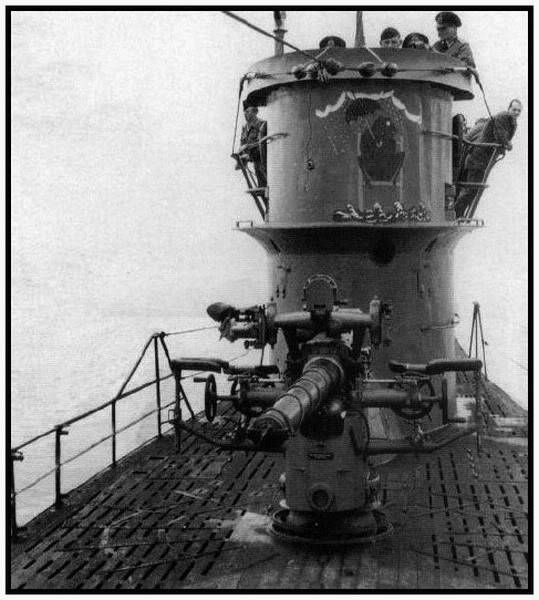
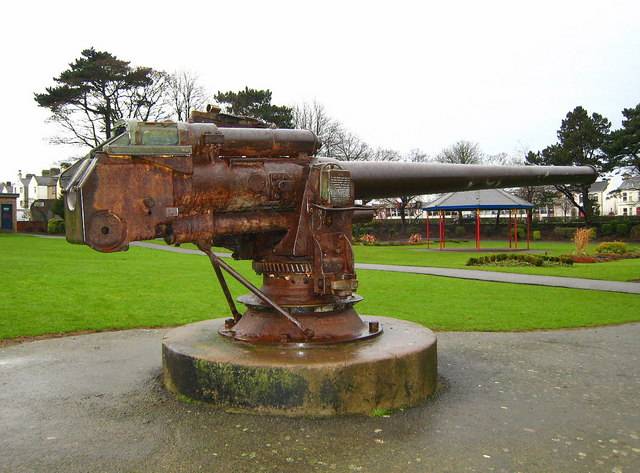
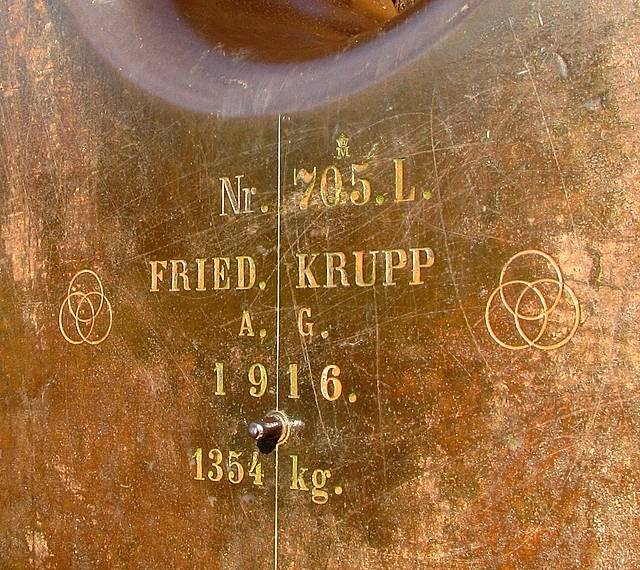
But the heroine of this material is not the successor of these shipboard anti-aircraft guns. They are related solely to the caliber, in fact they are completely different tools.
To develop the 8,8-cm anti-aircraft gun company Krupp began only in 1931 year. Just in Sweden. The pace of work is impressive, even taking into account many minor flaws. From the beginning of the design (1931 year) to deliveries to the troops (1933 year), Krupp managed not only to design the gun, but also to start mass production in Essen (1932 year). This is how the old development of the 8,8-cm Flak 18 anti-aircraft gun appeared.
The question arises of such a large caliber for anti-aircraft guns. Why make a deliberately difficult tool, if with the existing aviation did the smaller calibers manage well?
The thing is that the designers from the Krupp company closely followed the probable adversary. Simply put, the development of aviation. They saw the prospects of high-speed high-altitude bombers even then.
And the second. By 1930, Krupp, in cooperation with Bofors, had already developed quite a good gun, the m29. 7,5 caliber, see. However, this caliber is clearly not enough for high-altitude purposes. The military demanded to increase the caliber to 10,5, see. But in this case, the projectile was quite heavy, and the loader could not provide the necessary rate of fire and a high rate of fire. So the 8.8 caliber cm was in its own way a compromise between the rate of fire and the range.
Despite the almost open production of anti-aircraft guns, the Germans continued to play the role of conscientious performers of the Versailles Treaty. And the countries of the West, respectively, the role of blind-deaf-mute observers. Until 1935, there were no anti-aircraft units in the German army! There were movable battalions (Fahrabteilung). But this is so, on the question of preparing for a war of Europe against the USSR.
After more than a brief excursion into history creatures begin to feel, watch and twirl.
By the way, if we consider all modifications of anti-aircraft guns, model 1918 of the year, sample 1936 of the year, sample 1937 of the year, and sample 1941 of the year, it may surprise someone, but the changes will be minor.
Probably because of this feature of the guns, all German 8,8-cm anti-aircraft guns had one unofficial nickname from their caliber “Acht-acht” (Eight-eight) or, as mentioned above, “Acht-Komma-Acht”. Although another version of the unofficial title looks more beautiful. From the word "Achtung", which means "attention" or something like "nix!" The Germans had no less such notions than the Russians. A soldier from either side of the front is a soldier. And the humor is similar, soldier's.
Let's start with the trunk. The barrel of the gun consists of three parts. Free pipe, casing and breech.
Recoil devices. It consists of a spindle-type hydraulic brake and a hydropneumatic knurling brake. The recoil brake is equipped with a compensator. Rollback length is variable.
Lafet Longitudinal beam, which in the traveling position was a gun carriage. The side frames were at an angle of 90 degrees to the wagon. In the stowed position stanitsy climbed up. Thus, the carriage had a cruciform shape.
On the base of the carriage installed the cabinet. Above, already on the cabinet, a swivel (upper machine) is installed. Moreover, the lower end of the pin swivel was inserted into the slide leveling mechanism.
Lifting and turning devices had two pointing speeds. The balancing mechanism is spring, pulling type.
Interestingly solved the problem of transporting guns. The tool itself had no wheels. For transportation, two single-axle trolleys (Sd.Anh.201) were used. Carts or moves when casting guns in a combat position are disconnected. And it, perhaps, a lack of this system, carts are not interchangeable. Front sloping, rear dual slope.
Now it is worth talking about upgrades. More precisely, about what and why changed in the design of the gun. So, the following modification of 8,8 cm Flak 36. Small details omitted, we will talk about significant changes.
First of all, the design required the unification of move-rolling carts. The presence of two different moves significantly reduced the viability of the guns. Therefore, the designers went to unification. Creating a cart that is used both in front and behind. A Sd.Anh.202 trolley with dual wheels was created.
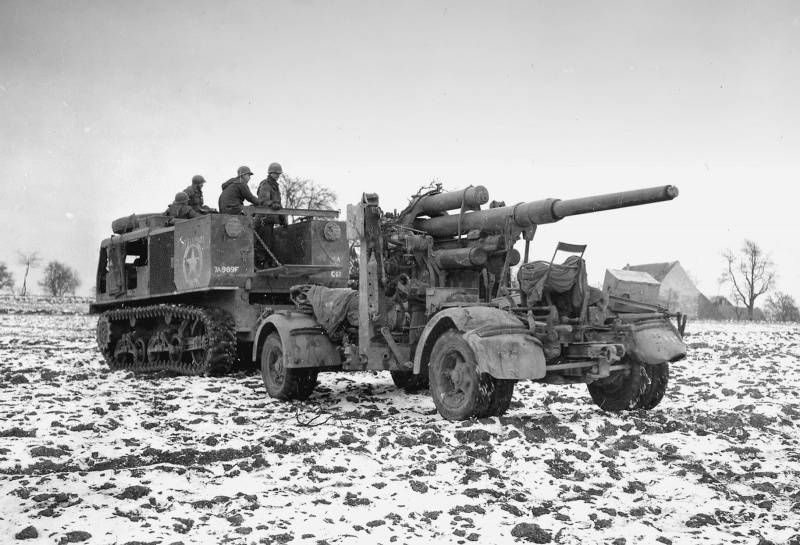
Such a unification naturally caused a change in the mast. I had to unify the front and back of the gun carriage. Another way to ensure the interchangeability of carts was impossible.
Two more changes are caused by the requirements of mass production of guns and cheapening of the gun. Let's start with the second paragraph. Costly brass is replaced by steel. It seems to be a trifle, but the cost of the gun is quite noticeably reduced.
But the main change, precisely in terms of mass production, occurred in the production of barrels. The gun received detachable front. And it is very important to understand that this change had no effect on the structure of the gun itself and its ballistics.
It is still possible to visually distinguish Flak 36 from Flak 18. Much more difficult with the following modification - Flak 37. The fact is that the modernization of the gun in this case did not affect the mechanical part, but the display of the direction of fire. Visually, the gun looks like a Flak 36. If we discard the details, the upgraded cannon was improved by the SIPS associated with the fire control device with a cable.
Very often there is an erroneous opinion that the 8,8-cm Flak 18/36/37 anti-aircraft guns began to be used as anti-tank guns only after the outbreak of war with the USSR. Alas, this decision is not connected with the Soviet Union and ours tanks. Germany began to use these guns precisely as anti-tank ones during the French campaign. But more about that below.
Gun received the baptism of the gun already in Spain in 1936 year. It was these weapons that were in service with the Condor Legion. It was in Spain that there was an understanding that aviation would snap back in the future. That is, to actively work on the suppression of anti-aircraft artillery. The result of the Spanish campaign was the appearance of armor at Flak.
Let us return to the already mentioned use of anti-aircraft guns as anti-tank guns. Again, it happened in France. And the main factor, in our opinion, for making such a decision was ... an excess of anti-aircraft guns from the Germans and the "unemployment" of anti-aircraft gunners.
And the presence in the French army of tanks S35, armor which was too tough for the standard 37-mm anti-tank guns of the Wehrmacht.
German aircraft in France completely suppressed the French. The work of anti-aircraft guns on airplanes was a rare phenomenon for the Wehrmacht. But if for the Reich air defense it was, in principle, the norm, then for the army air defense such a situation is unnatural. Tools must work. It was at the level of the army air defense that the idea of using air defense weapons as TCP was born.
But in the next campaign, in North Africa, 8,8-cm anti-aircraft guns have already been used against armored vehicles in full. In this respect, the Eastern Front was only a continuation of the scheme already worked out in Europe and Africa.
Where 37-mm guns did not cope (and the Red Army had equipment of such a level), anti-aircraft guns came to the rescue.
Be sure to mention the following 8,8-cm guns in this series - Flak 41.
The fact is that, paradoxically, here it is necessary to debunk another myth about this series of anti-aircraft guns. In their performance characteristics, the Germans do not surpass similar instruments of other states. See the Soviet 85-mm 52K anti-aircraft guns or the British 3,7-inch anti-aircraft guns. German guns do not surpass their competitors.
This is understood and the designers of Germany. Therefore, already in 1939, the Rheinmetall company began designing a truly new weapon - the Gerat 37. The goal is to create a weapon against high-altitude targets. It was necessary to create an anti-aircraft gun with improved ballistic characteristics.
It was Gerat 37, more precisely, the first prototype of this tool, called 8,8 cm Flak 41.
To conduct military tests in 1942, the guns were sent to North Africa. However, it was not possible to deliver all the guns to Tunisia. The transports were attacked and sunk. Thus, 44 is left from the 22 sent guns.
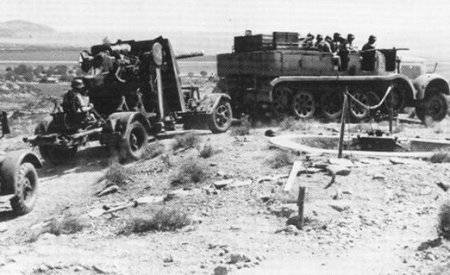
This tool, in our opinion, is the best medium-caliber anti-aircraft gun of the Second World War period. The high-explosive fragmentation grenade had an initial velocity in 1000 m / s. The ballistic ceiling of the gun is almost 15 000 meters. According to other data - 14 700 meters, which, in general, does not matter. Such characteristics largely provided the barrel length in 74 caliber.
Alas, until the very end of the war, Flak 41 was produced in limited quantities. Not only because of the complexity of the design of the gun itself, but also because of the impossibility of using ammunition from other anti-aircraft guns of the same caliber. In addition, attempts were made to use the old carriage from Flak 37. But the carriage simply could not withstand the increased load. It was then that muzzle brakes appeared on the 41's.
In general, the German anti-aircraft 8,8-cm guns Flak 18 / 36 / 37 turned into a legend not designers and engineers, but soldiers and officers. More precisely, an extraordinary tactic of using these guns by personnel. Probably only Flak 37 can be called a clear anti-aircraft gun. The remaining guns are rather versatile.
Interesting further fate Flak 41. In 1943, the gun entered the troops and became the "grave-digger" of the Krupp model 8,8-cm Gerat 42. More precisely, the grave digger of anti-aircraft guns of this option. But 8,8-cm Gerat 42 has become quite well known in the new quality. As an anti-tank and tank guns.
It is this weapon that was used by Krupp to create an 8,8-cm anti-tank gun 8.8-c RAC 43. Just installed the gun on the new Sonderanhänger 204 carriage. After some time, the carriage changed in the direction of simplification. So another weapon appeared - 8,8-cm PAC 43 / 41.
The fate of good guns emerges from the logic of motorized war. Guns are transplanted to the chassis.
The first was the self-propelled gun "Rhino" (Nashorn). Tank destroyer, medium in mass. Mounted on the chassis of the tank T-IV.
The next tank destroyer was called the Elephant. One of the most heavily armed and powerfully armored German cars of the war period. We are better known by another name - "Ferdinand". The tank destroyer, which proved itself well on the Kursk Bulge, “spoiled” only the meager amount of units produced.
Another representative of tank destroyers is Jagdpanther.
The machine is outstanding. Very similar to the Soviet SU-85. True with genetic defects that have passed from the father - tank "Panther".
Well, the crown of the career of this gun was the tank "Tiger" II, better known as the "Royal Tiger". There, too, though slightly modified, stood, but 8,8-cm RAC 43. This "Tiger" hit almost everything that was then used by opponents.
Naturally, the instrument, which initially did not show outstanding results, was gradually supplanted by more modern, more powerful, technologically advanced. This is the fate of any weapons or equipment.
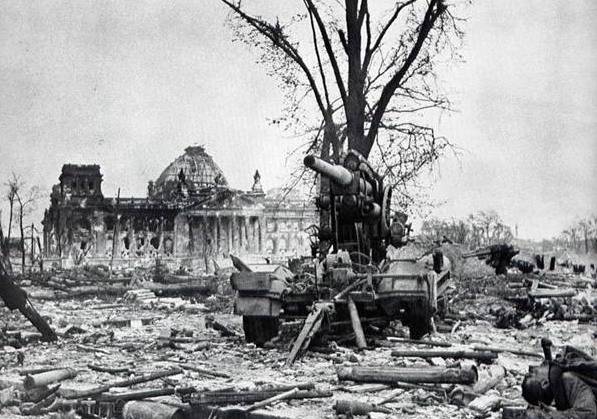
The 8,8-cm Flak 18 / 36 / 37 guns and the Flak 41 are a great example of how fate can be, if a little bit of war will correct it. How can a talent appear where the military road has abandoned. Deserved fame and deserved fame.
TTX 8.8-cm anti-aircraft gun model 1918 / 1936 / 1937's:
Caliber, mm: 88
Manufactured, pcs: more 17400
Rate of fire, rds / min: 15-20
Weight in the stowed position, kg: 8200
Weight in the fighting position, kg: 5000
Dimensions in the traveling position
Length, mm: 5500
Width, mm: 1765
Height, mm: 2100
Firing angles
Angle VN, degrees: 85
Angle GN, degrees: 360
In the museum collections of our country, the 88-mm universal is a very rare guest. To see in such a way that it is pointed, they say, such an instrument appeared in the collection of the Vadim Zadorozhny Museum Alas, at the time of our visit he was not there. The photos shown in our case were taken by our colleague in the museum of the liberation of Kiev on the Lyutezhsky bridgehead.
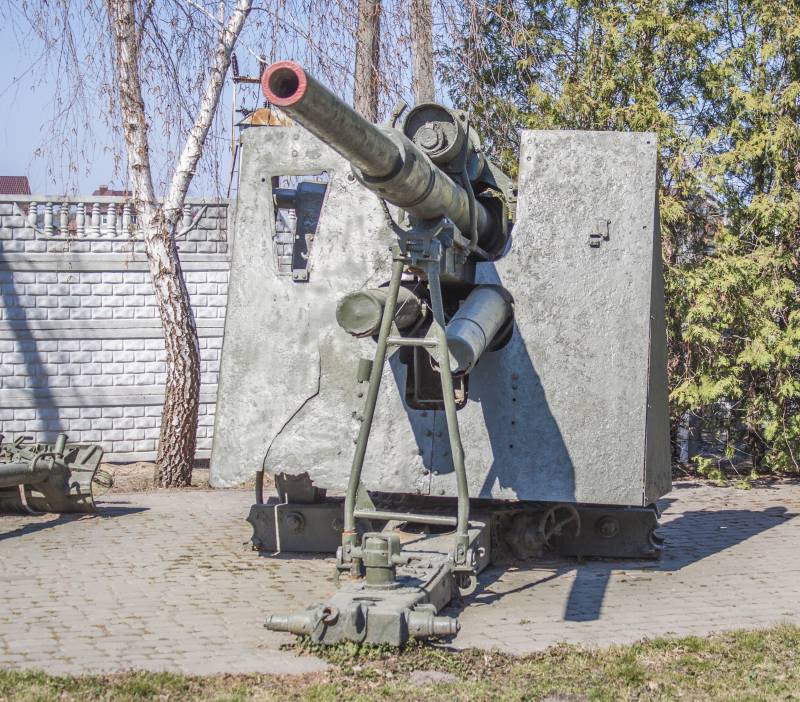
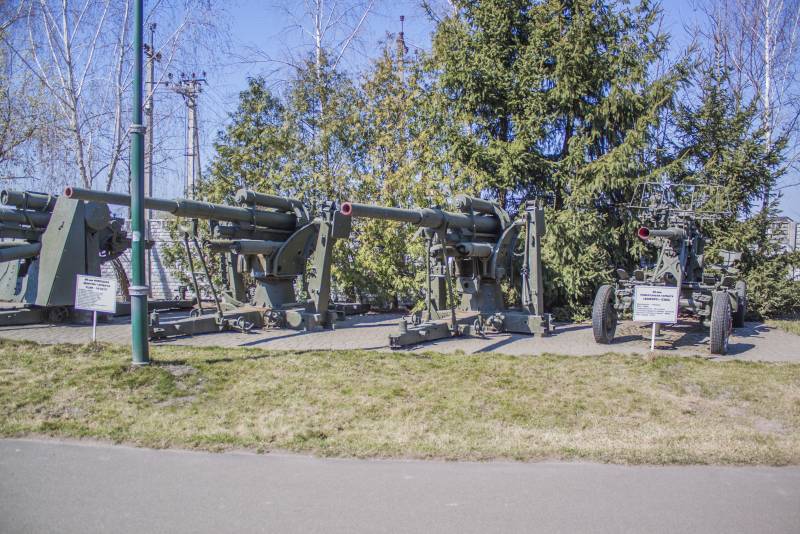
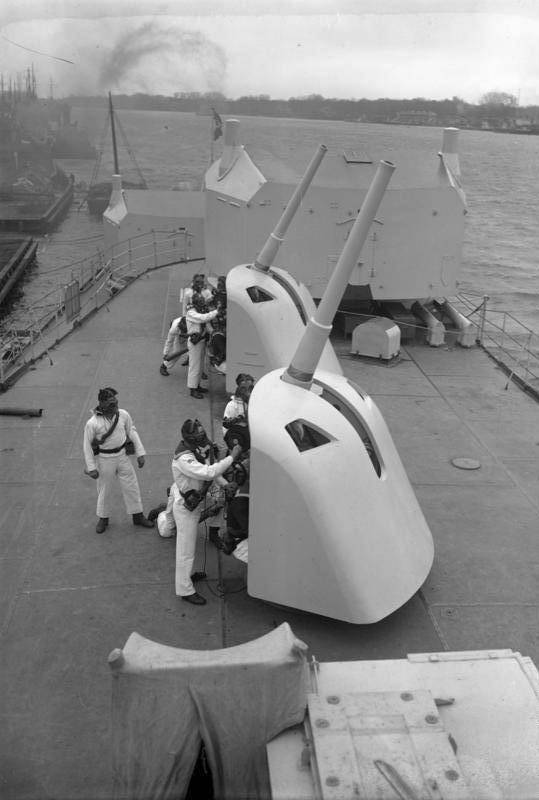
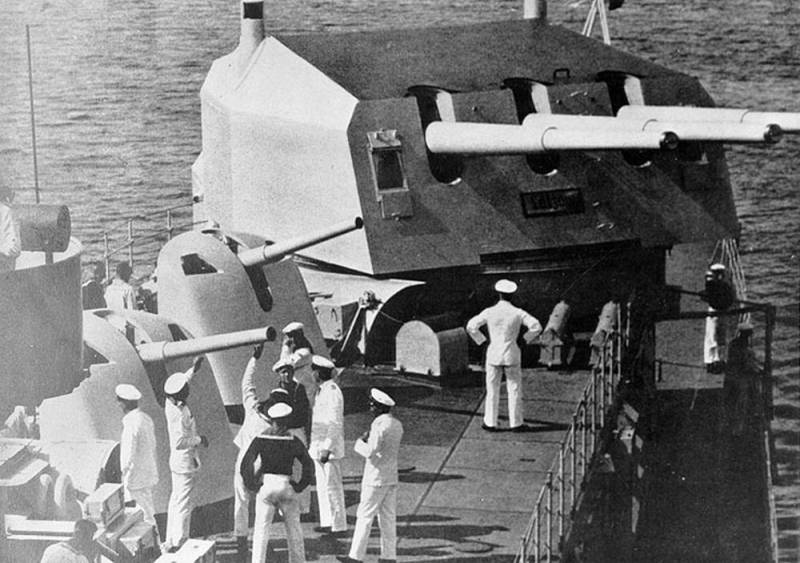
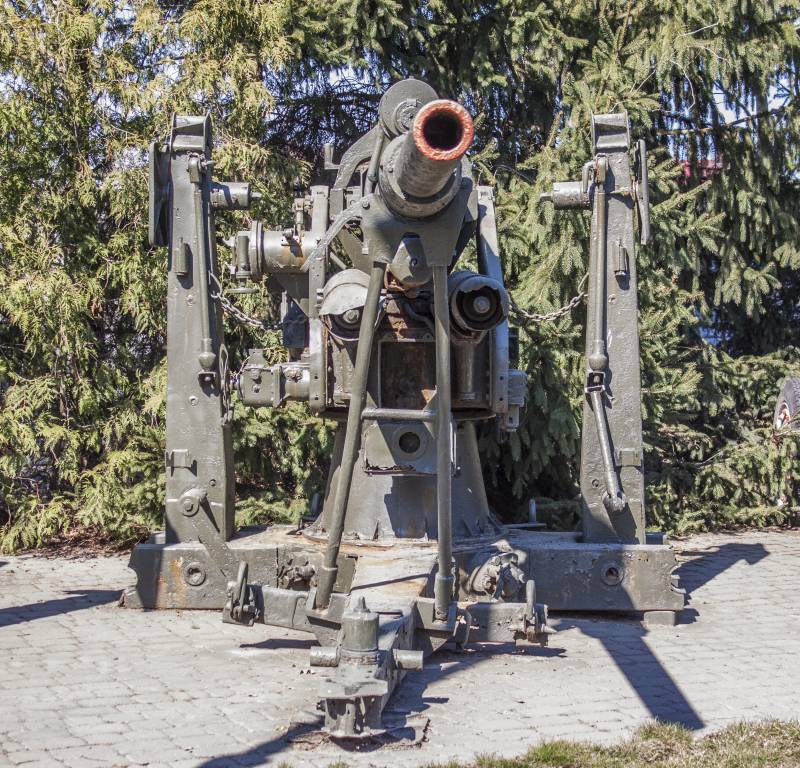
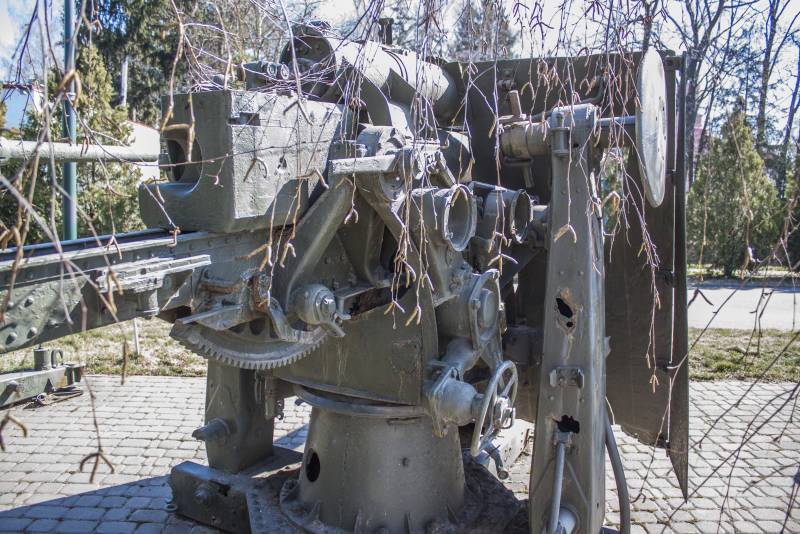
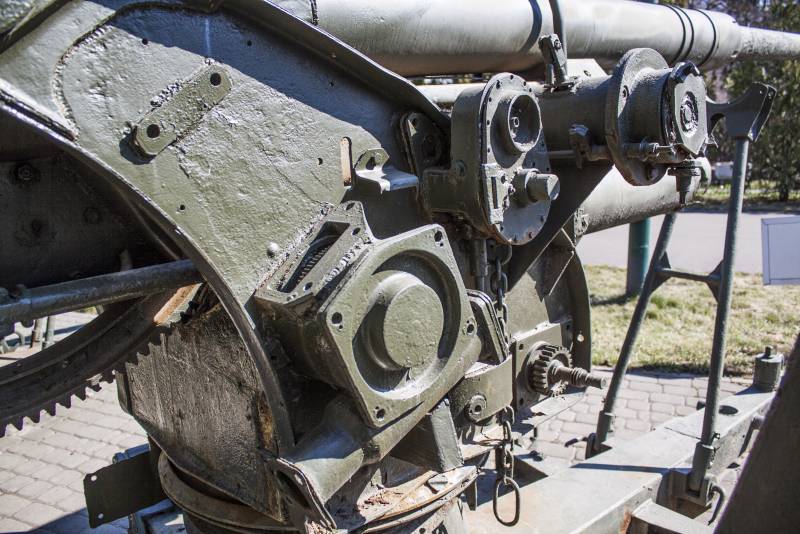
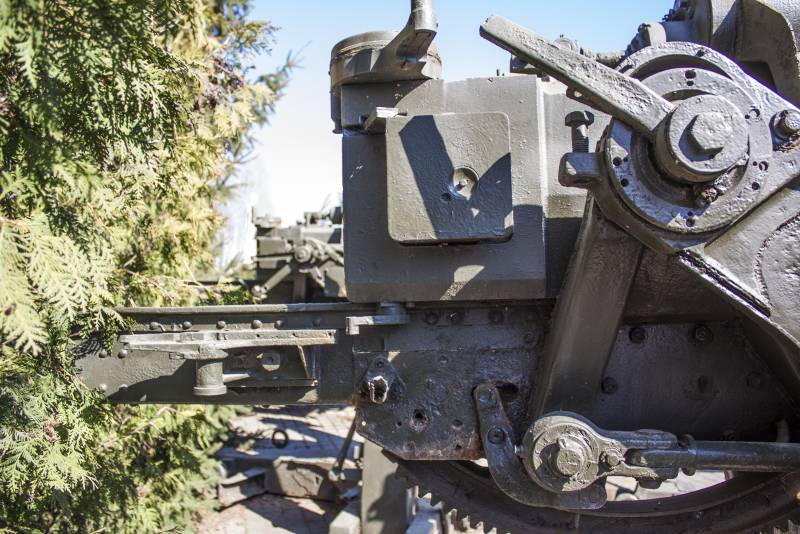
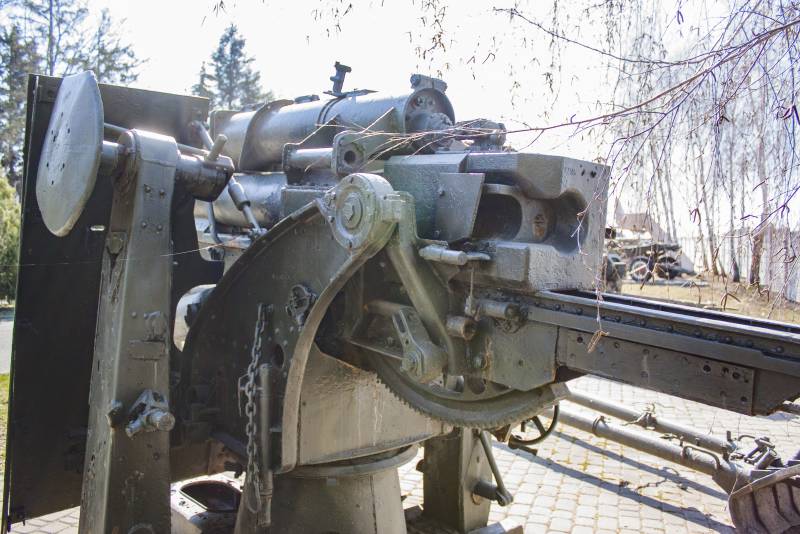
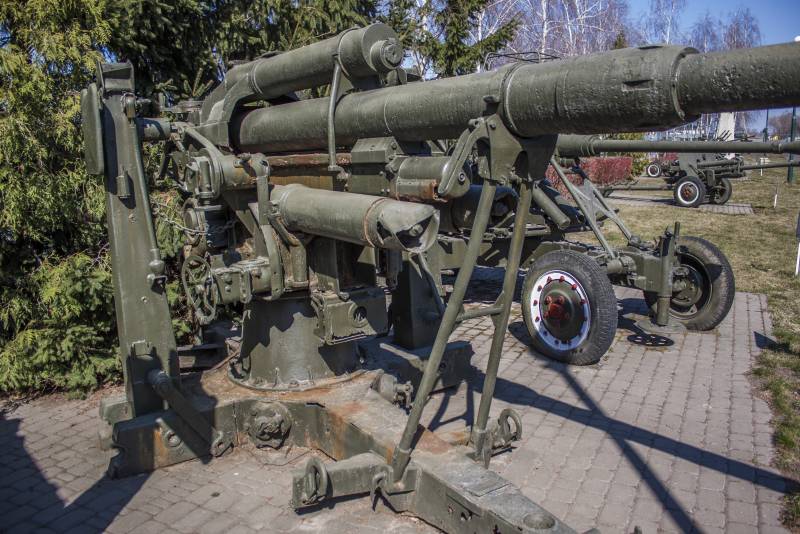
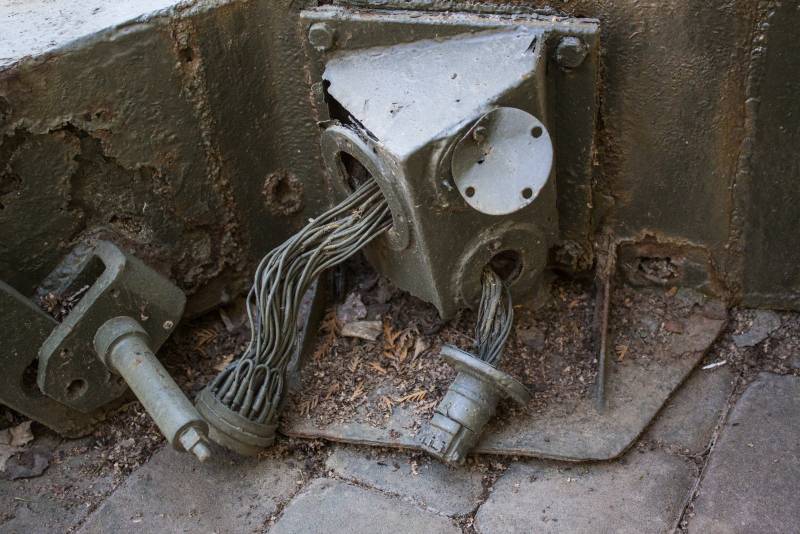
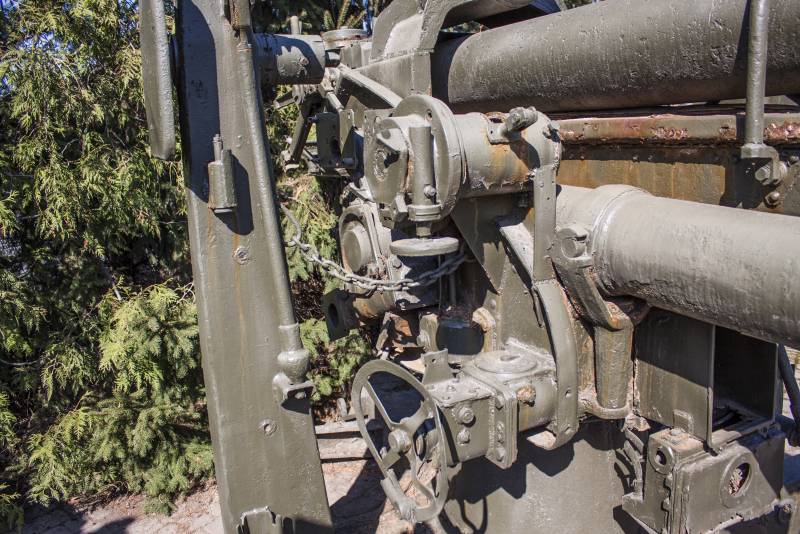
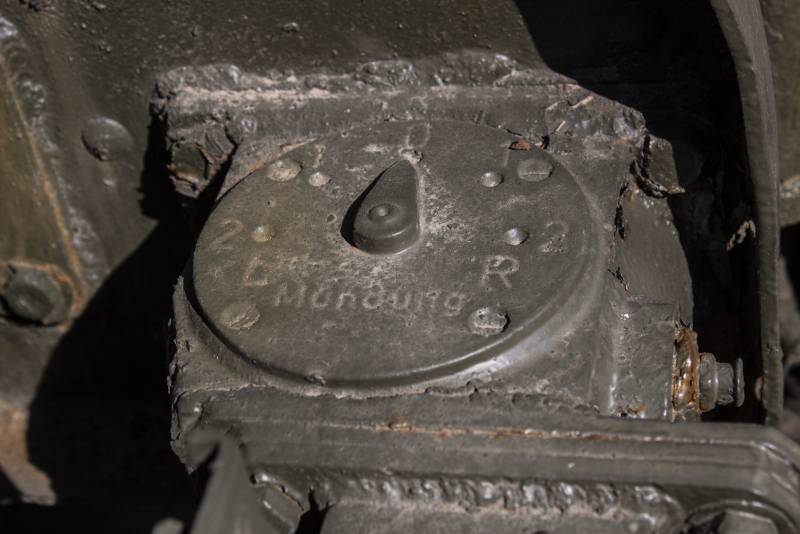
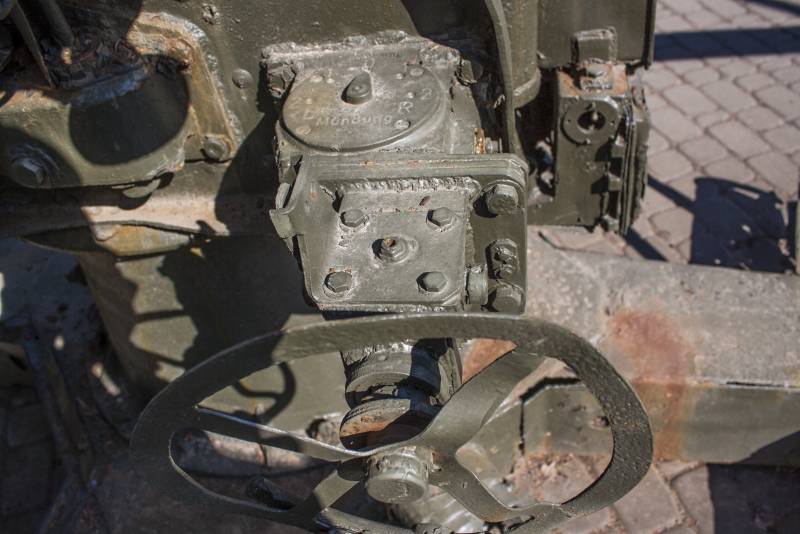
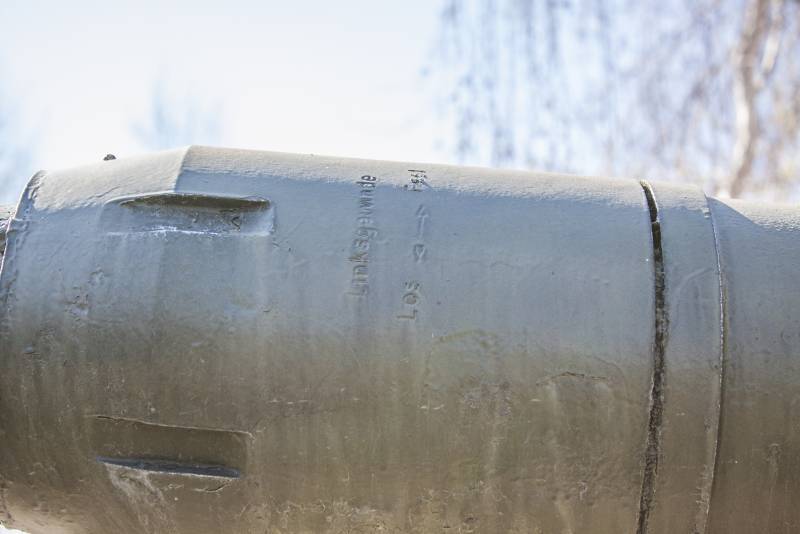
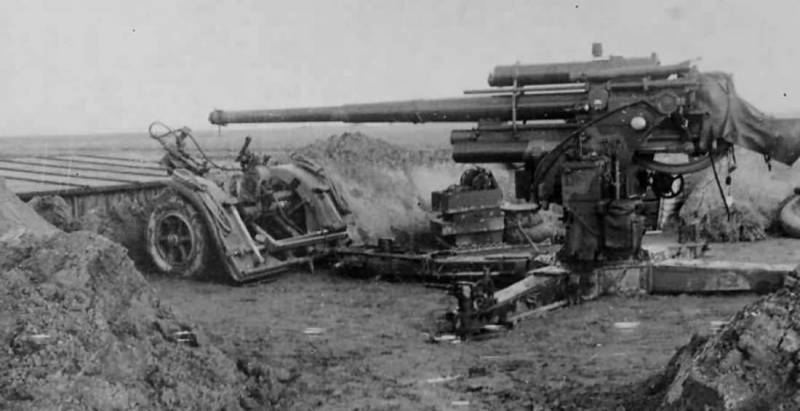
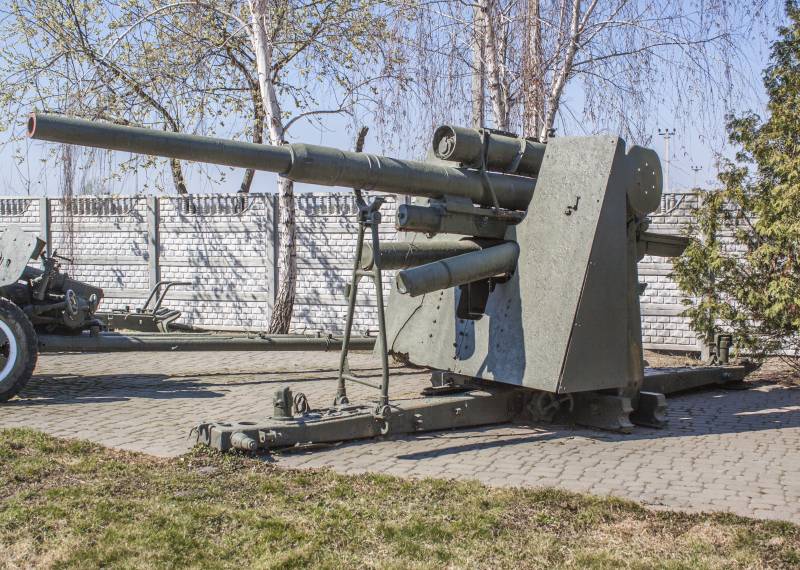
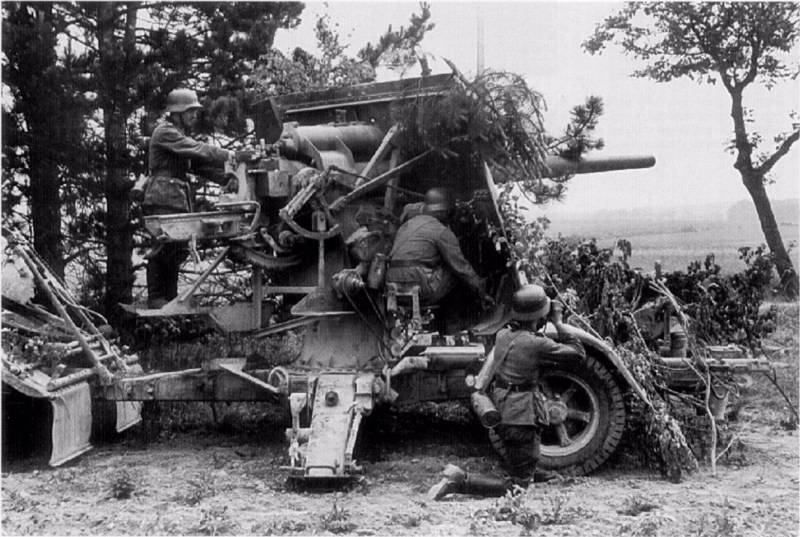
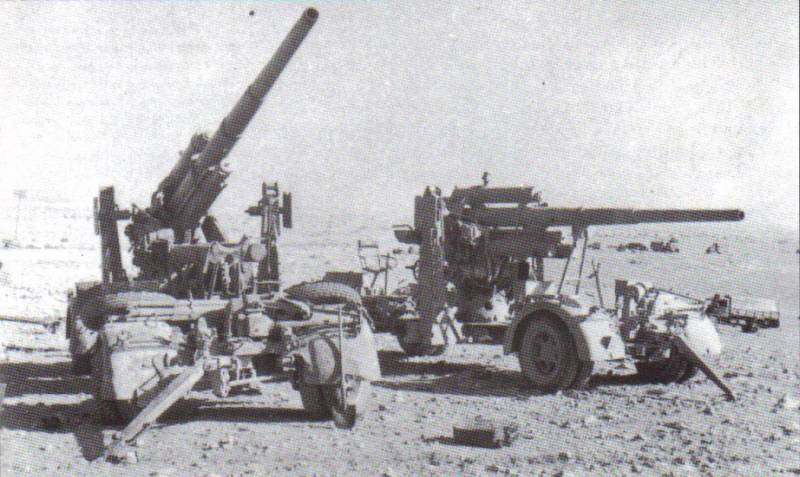
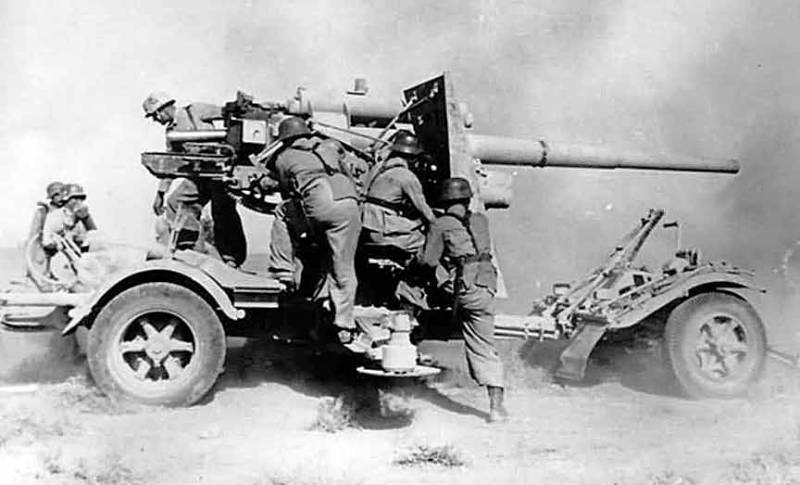
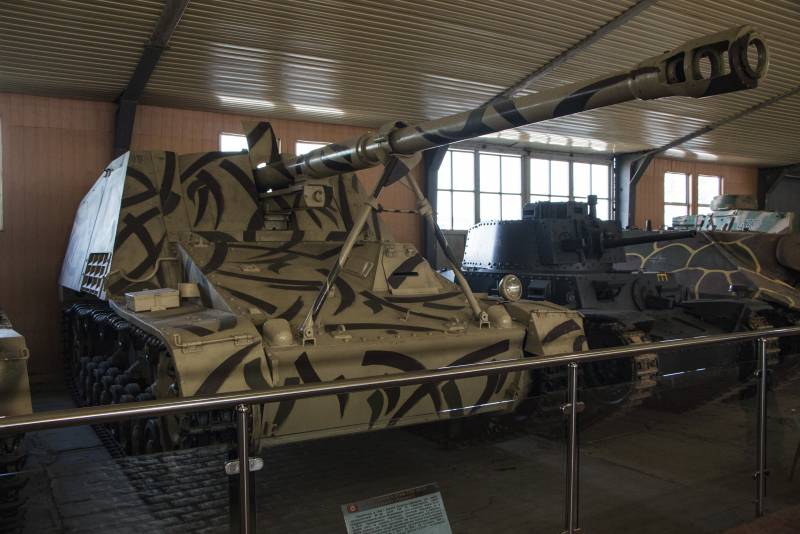
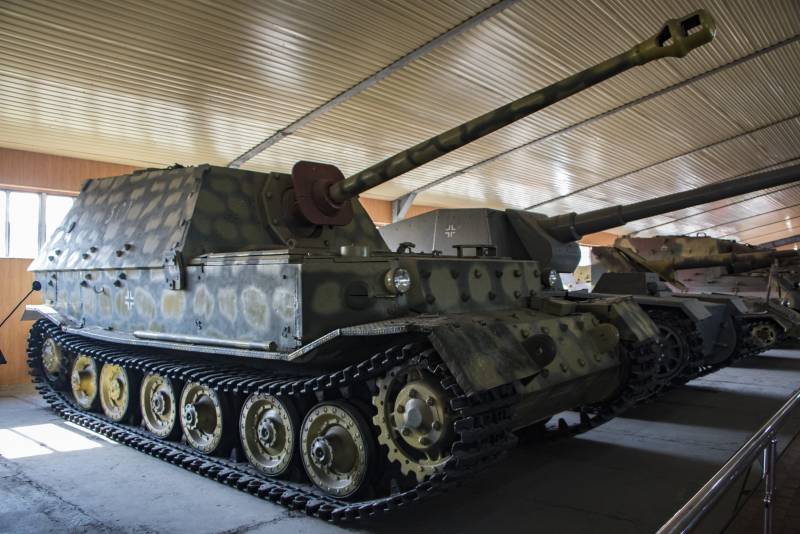
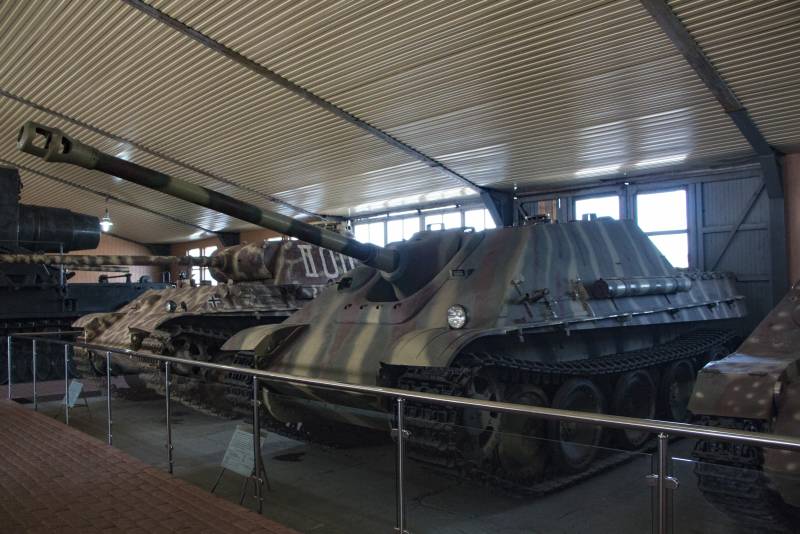
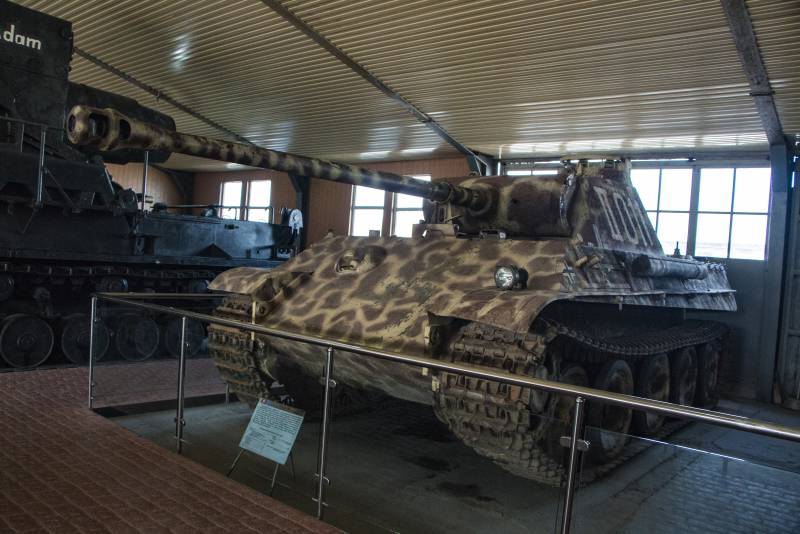
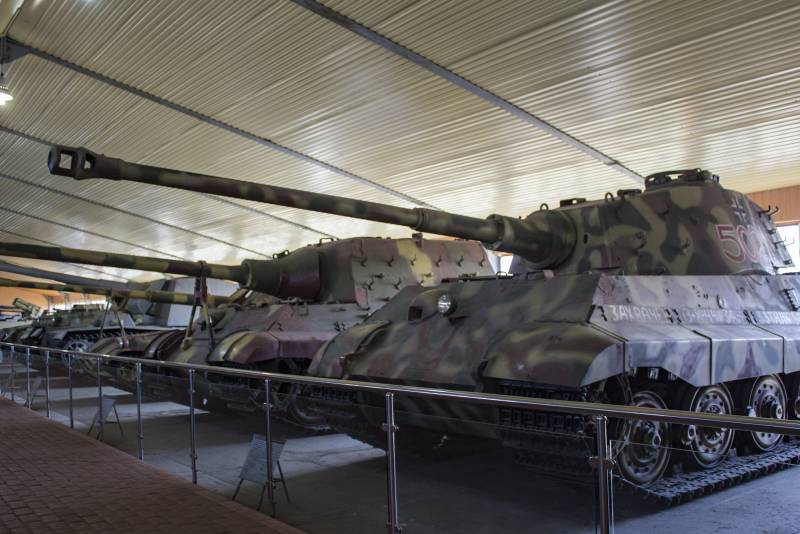
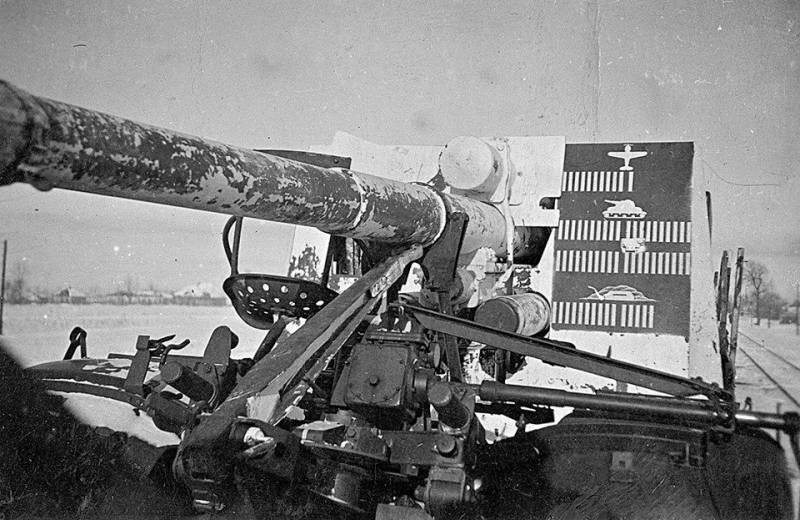
Information